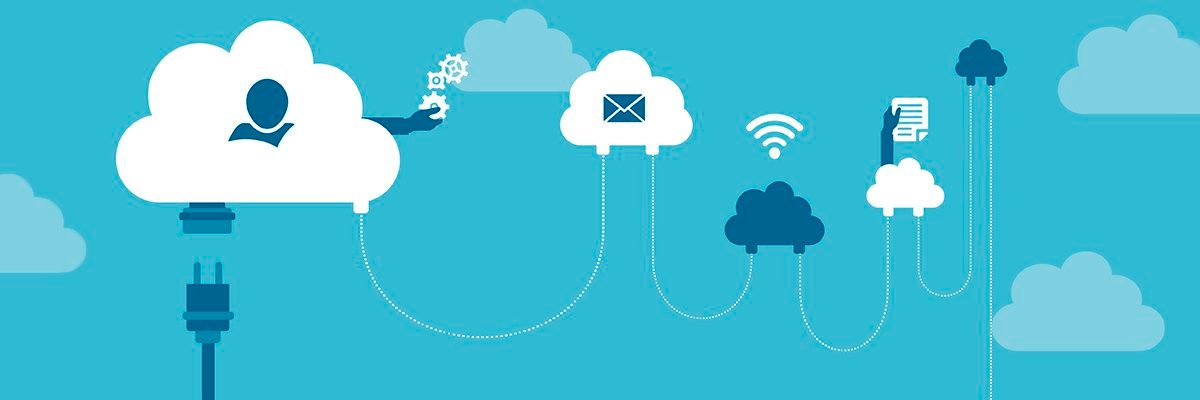
IoT and the event driven architecture
This article uncovers the shift in business patterns that result in causing problems towards certain aspects. These aspects include the developing of modern applications as well as the event driven architecture review and merged applications. It will also be discussed the requirements needed for this new age application.
There are certain revolutions such as the artificial intelligence revolution, smartphone revolution, cloud-computing revolution as well as the internet of things (IoT) revolution that are occurring in the world. All these aspects are event-driven: smartphones work on events, either by users putting in or reading activities. IoT is event-driven evidenced by sensors reading information about electronic devices. AI is through long-term aspects or in real time to monitor and make changes at that particular moment thus event driven. The following article expounds further on this.
Initially, the three-tier architectural design was used that entailed the users, a database, and the cloud or specialized apps. This system was used primarily to automate business processes. In the current world, every aspect and task are added in real time. This means the systems are very complex and how they work at the highest level is by sensing or streaming the events and analyze the data, supplement it and eventually act on it through automation or getting the involvement of people. This means that the systems that can be developed are: automation as well as tracking of assets, machine learning and doing a real-time action like face recognition as well as environmental monitoring. They have high efficiency and limit safety issues.
Requirements for the event-driven apps include the location is a very intricate part of this event-driven applications. Another fact is that the systems don’t send the info to the cloud to be analyzed, but the analysis is done anywhere. It is prudent to keep users involved and in-the-loop when need be to put decisions out on what is required. The fourth requirement is that the systems should be incrementally added, i.e., by adding more IoT devices. The systems should also be extraordinarily dynamic or business dynamic. The last condition is ultra-high levels of abstraction of productivity are highly needed as the move to the use of event-driven application continues. This link explains further.
Application development initially used an architecture that entails the request-response which were used in the traditional 3-tier applications or client-server systems. The users require a service which the system responds to the request. The next stage was the event-driven real-time streaming event; it also uses sensors signaling that an event has occurred. The following was a converged real-time application system.
The processes that occur when an event happens is that the activity is augmented with an additional context that is from another event stream or mobile devices. The expanded stream of the event is analyzed through incorporating it with the known knowledge and thus creating a precise description of the current situation built. This situation is decided upon whether it meets some resolution and then produce a response. The response is regarding the direct response to the user or indirect towards the systems. In most cases, the responses are not direct as there should be a collaboration between the system and users.
In conclusion, it is affirmative to acknowledge the evolvement of event-driven application. This is regarding IoT in cloud-computing, mobile devices, security, and artificial intelligence among others. It is also evident that the systems need to keep the users in the loop. Lastly the notion that IoT will take over every technological business in the future is more of a fact that a vision with the trends as discussed.
